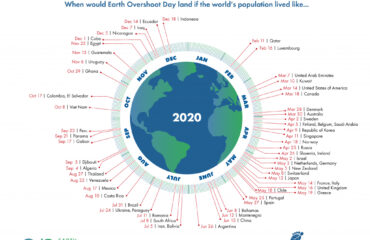
Marching forward: China is creating the world’s largest market-based carbon pricing system.

China – the world largest emitter of greenhouse gases – is implementing a national carbon market in 2017
During his visit to Washington last week, China’s President Xi Jinping confirmed that the world’s largest greenhouse gas emitter, which has pledged to reduce its carbon intensity and reach a peak of overall emissions by 2030, will use a cap-and-trade market approach to help realize this.
China already has 7 pilot markets in cities and provinces in place that cover 1 billion tons of greenhouse gas emissions annually. Under the national scheme, now to go live in 2017, this could increase to 4 billion tons according to Chinese researchers – making it the world’s largest national emissions trading system.
It’s an exciting step and demonstration of China’s commitment to achieve its low carbon goals.
For those of us working in the trenches, the momentum towards carbon pricing is clear and the use of markets to realize this ambition incontrovertible. So this Chinese policy decision did not come as a surprise.
As Xueman Wang, our team’s leading specialist on the development of Chinese carbon markets explained, “Over a year ago, the Chinese authorities shared that the national scheme would be launched by 2016 or 2017, and so President Xi’s announcement leaves no doubt of their commitment to get started as soon as possible.”
Our relationship to support China to reduce emissions started over a decade ago with technical assistance on the Clean Development Mechanism and supporting some of China’s first projects to earn carbon credits.
As my colleague Neeraj Prasad – who 14 years ago led the Bank’s initial outreach on this with the Chinese authorities — tells it, “The Chinese government understood that there were both financial and environmental gains in reducing emissions.”
This is even more evident today; our recent State & Trends of Carbon Pricing 2015 report underscores the need for international collaboration to lower the cost of reducing emissions with potential transfers amounting to $2 trillion per year by 2050.
Today, we continue to support China in achieving its goals, including the implementation of this new nationwide market. The World Bank’s Partnership for Market Readiness provides technical assistance and helps knowledge exchange among most of the world’s largest emitters, including China, where it supports the design of its national emissions trading system. It provides countries with the funding they need to design a carbon market, while serving as a platform to share experience and best practices.
Through our private sector arm, IFC, we are also working with some Chinese exchanges and financial institutions to strengthen carbon trading programs and develop products to support increased market liquidity and manage liabilities. We are helping them set up trading platforms and act as market intermediates by ultimately offering trading, hedging and advisory services to their clients when the markets are fully established. This infrastructure will be key.
And it isn’t just China; other countries are designing and implementing market-based carbon pricing mechanisms.Today, there are 62 national or subnational entities worldwide who have carbon pricing instruments in place, covering 12 percent of global emissions (about 7 billion tons of carbon emissions).
This represents a threefold increase over the last decade. A great accomplishment, but more is needed, as are systems and protocols to network these disparate markets.
As World Bank Group President Jim Kim said in response to China’s announcement on Friday: “Carbon pricing is not a panacea, but it is the necessary step to fast track low carbon growth and resilient development. China’s leadership is the kind of strong signal that the political process to Paris needs”.
Source: Worldbank



